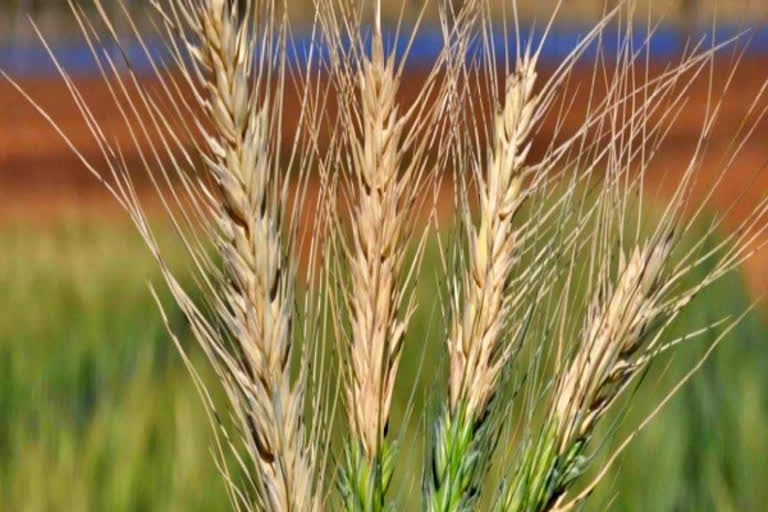Business Desk, ETV Bharat: The year 2020 will be remembered as a watershed moment for the Indian agriculture sector. Long known for below 4 per cent growth rates, high input costs, farmers’ suicides and apathy of the policymakers, the agriculture sector has been in the limelight for the last one year for two important reasons – new farm laws that caught the nation’s attention due to farmers’ resistance and bumper harvest.
Reverse Migration & Bumper Harvest
The Covid-19 pandemic has toppled the Indian economy. While nationwide lockdown starting from March 24 broke the supply chains of many industries, the only silver lining during the pandemic was the agriculture sector.
In fact, it was the only sector to register a positive growth rate (3.4 per cent) during the April-June quarter and the same momentum continued in the subsequent quarter as well.
Speaking to ETV Bharat, Dr A Narayanamoorthy, a former member of the Commission for Agricultural Costs and Prices, said that the farm output has gone up in the last six months due to reverse migration.
“The cropped area in kharif and rabi has increased substantially than ever before. In some crops the increase is up to 30 per cent. It must be noted that the high output is not because we got very good rainfall; but, possibly, because of reverse migration.”
To recall, millions of migrant labourers working in urban centres have returned to native rural areas as the economic activities came to a standstill due to lockdowns.
As per Dr A Narayanamorthy, these returnee migrants took up farm activities in a big way contributing to unprecedented output.
“We never saw such expansion in cropped areas. Good rainfall coupled with more people tilling lands would result in bumper harvest,” he said.
“The government of India estimated that the total food grain production will cross 30 crore tonnes in the current agriculture year. But, in my view, the final output will be more than that,” he added.
Three Farm Laws
Last September, the Parliament enacted three laws - the Farmers' Produce Trade and Commerce (Promotion and Facilitation) Act, the Farmers (Empowerment and Protection) Agreement on Price Assurance and Farm Services Act, and the Essential Commodities (Amendment) Act to liberalise trading in agricultural commodities.
“With these reforms, Indian farmers will now finally have the freedom to sell their produce to whomsoever they want and where they want and at a price of their choice, an option denied to them until now,” said a government press release.
However, what seems to be the most important initiatives for the farmers in post-independent India have met with stiff resistance.
Terming the laws ‘corporate-friendly’ and ‘anti-farmers’, lakhs of farmers from different parts of the country, especially from Punjab and Haryana, have camped outside the national capital demanding for the complete withdrawal of the Acts.
“What we see around Delhi is the world’s most organised farmers’ agitation," said Indra Shekar Singh, Director, Policy and Outreach, National Seed Association of India.
“The year 2020 is a watershed moment for the agriculture sector. Because, what is happening now in the country will decide the fate of India for the years to come,” he added.
Read more: Farm laws: A boon or an ill-conceived reform?
Prices likely to crash in 2021
“Normally, the demand for agricultural commodities is price inelastic. It means, there won’t be much change in demand for fruits, vegetables, etc just because the prices have come down. As there is more production this time, it will affect prices in the coming months,” said Dr A Narayanamoorthy.
No doubt, this news may be a big relief for households troubled by high food prices over the last six months, farmers will get a raw deal if there is a sudden dip in prices.
“Thanks to the government, the procurement of paddy and wheat has seen a substantial increase during the lockdown. Similarly, the government should take serious steps to procure food grains, coarse cereals, pulses and oilseeds. Otherwise, the prices will crash,” he added.
(Shravan Nune)



